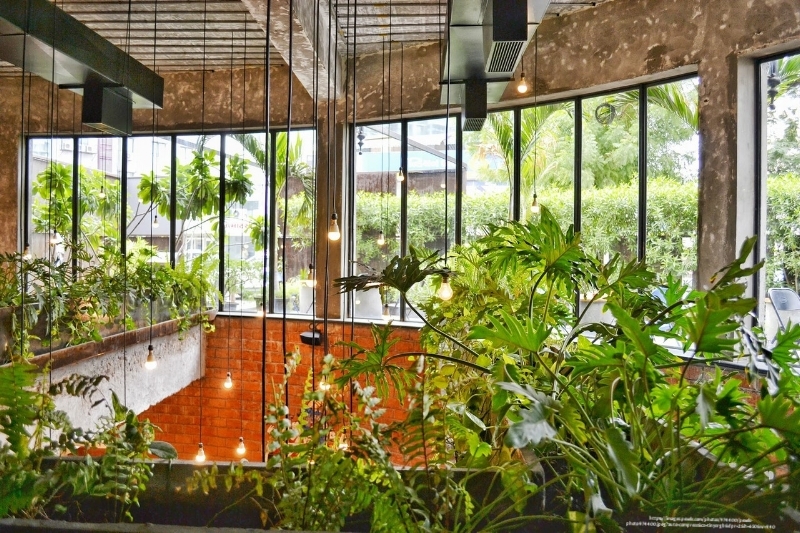How to Build an Eco-Friendly Tiny House
/Updated 08/07/2020
Overconsumption and waste is not uncommon to see in today’s world. Take houses, for instance. A quick drive through any typical neighborhood in the United States and you’ll notice some pretty sizable houses. Now, the chances that each family efficiently uses the space in their large home is pretty unlikely. According to the census from first quarter 2020 data, the average square footage of single-family American homes has increased to 2,904 square feet. Larger spaces not only take more energy to heat and cool, but they also produce more waste.
For those of you who haven’t heard about tiny houses, these pint-sized abodes could be the (sustainable) answer to the growing world we live in. At no more than 500 square feet, tiny homes focus on simple living without sacrificing on quality. While there are many ways to build a tiny home, there are certainly ways that are kinder to the environment than others. Let’s take a look at some tips for how to make a tiny house eco-friendly.
Go Solar
Harnessing energy from the sun is a great way to power a tiny house--particularly if you are planning to live off the grid. It’s also far cheaper to buy a tiny house solar kit than it is to buy one for a standard residential home.
Solar systems can be placed on the ground, on the roof, and can even be mobile. Solar energy can reduce your energy bills and are a great option for those who want to maintain maximum flexibility with a mobile tiny house.
Choose a Recycled Insulation Option
Instead of foam and fiberglass, choose recycled paper or even old denim. Cellulose recycled paper insulation is made from treated newspapers and cardboard. Non-flammable denim insulation is also an excellent sustainable choice for keeping your tiny home cozy in winter.
Heat Efficiently
Choosing the right size heating unit is an important aspect of energy efficiency. Too large of a unit and you’ll be opening windows and wasting precious heat. On the other hand, a heater that isn’t doing the job is no good either. By using a BTU calculator (British Thermal Unit), you can figure out the correct size appliance to heat your small space.
More Windows for Natural Light
Natural light not only makes a space seem bigger--it also is the most efficient lighting option around. The addition of skylights and big picture windows means your lights will only need to be on at nighttime. More windows and high ceilings will give off the effect of having more space.
Upcycle
Because less materials are needed to build a tiny house than a residential house, it opens up the possibility to use more recycled materials. Using repurposed materials such as pallet wood not only looks good--it’s also more environmentally friendly.
Build Using the Actual Earth
There are several types of eco-friendly tiny houses, but the most popular is the hobbit house. These tiny homes come from Nordic heritage, and are built into excavated earth. Relatively easy to build and maintain, the hobbit house is as practical as it is charming. Thick layers of sod on the roof and walls create excellent insulation in winter, and protection from the sun in summer.
The Takeaway
Tiny living may not be for everyone, but caring about how we treat our planet should be. Choosing to live in a tiny house opens the door for all kinds of sustainable living practices. It encourages us to live intentionally and with an open mind. You don’t need to own a tiny house to make a positive environmental impact. Carpool with your friends to an event. Turn off the lights when leaving a room. It’s the little things that can really make all the difference.
Like this? Please pin!
About the Author:
Molli is a U.S. citizen currently living in Cape Town, South Africa. Aside from writing about tiny houses, Molli loves to be at the beach and eat food (often at the same time). As an avid surfer and beach-goer, she does her best to promote a sustainable way of living. Check out her website www.tinysociety.co












































